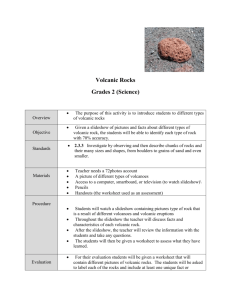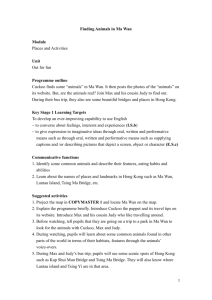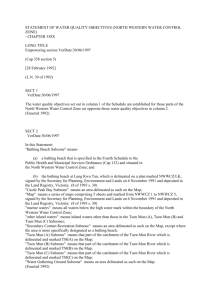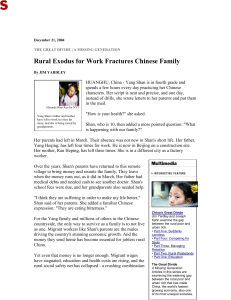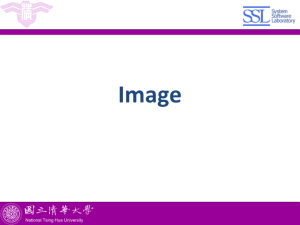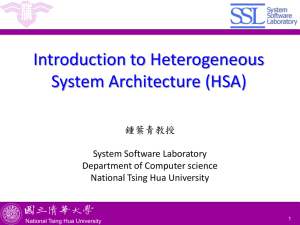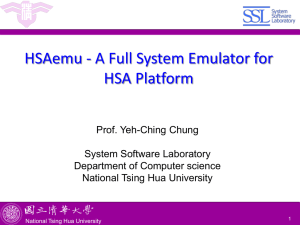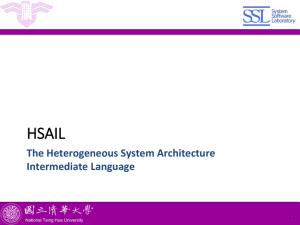The Geology of Tsing Shan Ductile Shear Zone
advertisement
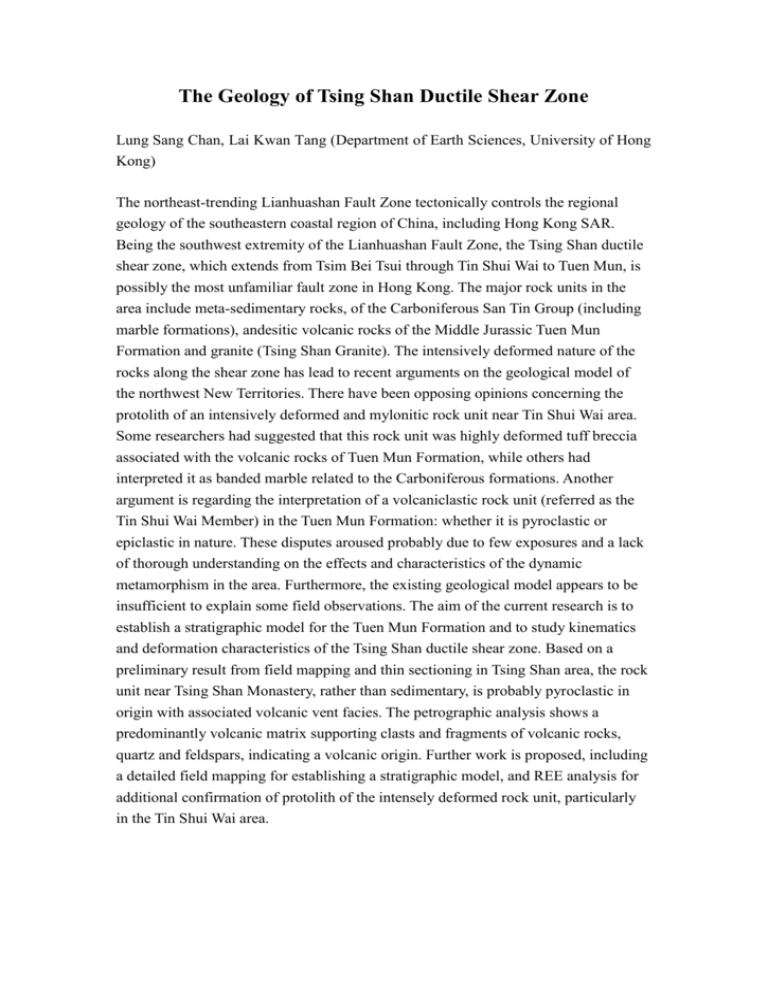
The Geology of Tsing Shan Ductile Shear Zone Lung Sang Chan, Lai Kwan Tang (Department of Earth Sciences, University of Hong Kong) The northeast-trending Lianhuashan Fault Zone tectonically controls the regional geology of the southeastern coastal region of China, including Hong Kong SAR. Being the southwest extremity of the Lianhuashan Fault Zone, the Tsing Shan ductile shear zone, which extends from Tsim Bei Tsui through Tin Shui Wai to Tuen Mun, is possibly the most unfamiliar fault zone in Hong Kong. The major rock units in the area include meta-sedimentary rocks, of the Carboniferous San Tin Group (including marble formations), andesitic volcanic rocks of the Middle Jurassic Tuen Mun Formation and granite (Tsing Shan Granite). The intensively deformed nature of the rocks along the shear zone has lead to recent arguments on the geological model of the northwest New Territories. There have been opposing opinions concerning the protolith of an intensively deformed and mylonitic rock unit near Tin Shui Wai area. Some researchers had suggested that this rock unit was highly deformed tuff breccia associated with the volcanic rocks of Tuen Mun Formation, while others had interpreted it as banded marble related to the Carboniferous formations. Another argument is regarding the interpretation of a volcaniclastic rock unit (referred as the Tin Shui Wai Member) in the Tuen Mun Formation: whether it is pyroclastic or epiclastic in nature. These disputes aroused probably due to few exposures and a lack of thorough understanding on the effects and characteristics of the dynamic metamorphism in the area. Furthermore, the existing geological model appears to be insufficient to explain some field observations. The aim of the current research is to establish a stratigraphic model for the Tuen Mun Formation and to study kinematics and deformation characteristics of the Tsing Shan ductile shear zone. Based on a preliminary result from field mapping and thin sectioning in Tsing Shan area, the rock unit near Tsing Shan Monastery, rather than sedimentary, is probably pyroclastic in origin with associated volcanic vent facies. The petrographic analysis shows a predominantly volcanic matrix supporting clasts and fragments of volcanic rocks, quartz and feldspars, indicating a volcanic origin. Further work is proposed, including a detailed field mapping for establishing a stratigraphic model, and REE analysis for additional confirmation of protolith of the intensely deformed rock unit, particularly in the Tin Shui Wai area.

